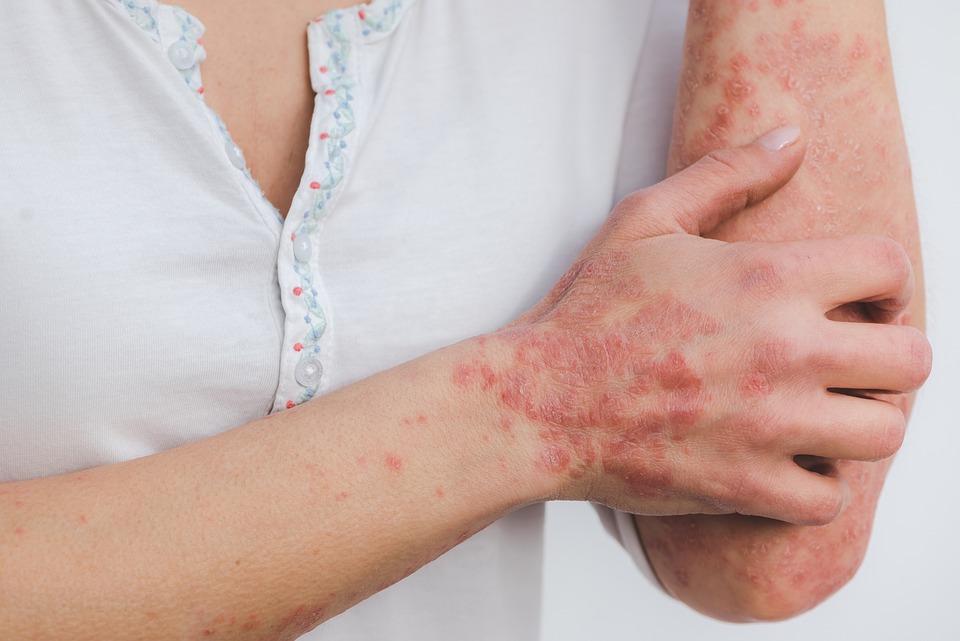Hint: The answer lies in the special Eskimo diet – Fish.
When you look at the psoriasis statistics across all nationalities and ethnicities, one group immediately jumps out as special—the Eskimos. Compared to mostly everyone else, their incidence of psoriasis is remarkably low. only 1% Many Eskimos are affected by this debilitating skin disorder, but why, and what can we learn from them and apply to our own psoriasis treatments?
The Greenland Eskimos first caught the attention of Danish researchers in the 1970s, when they noticed that these tough indigenous tribes had very low incidences of autoimmune and inflammatory diseases — including psoriasis! They associated this with the most noticeable difference in the daily life of a typical Eskimo. What separated them from their counterparts living in Denmark was their special diet.
Remember those cartoons with the Eskimos fishing on ice, sitting around a small hole with wooden rods in their hands? Well, to some extent they are true.
The average Eskimo diet consists of plenty of seafood – up to a pound a day of whale, seal and walrus meat (Including fat!), and large amounts of salmon, whitefish, and other fish. The fish is cooked, dried, smoked, or eaten raw.
This diet is special because it is very rich In long-chain omega-3 fats, which are known to be anti-inflammatory. Western diets, by comparison, are sorely lacking in fish!
Researchers know this is key to their resistance to psoriasis as their research on the Greenlander Inuit has been bolstered by similar findings about other tribes, such as the Yup’iks of Alaska and the Inuit of Siberia.
So why are omega-3 oils, especially those made from oily fish, so important in reducing psoriasis?
Here is a quick breakdown of why. People with psoriasis have been found to have unusually high levels of a fat called arachidonic acid, which is mostly made up of omega-6 fatty acids. This acid is known to cause inflammation and aggravate psoriasis. Guess what the opposite affects? That’s right – Omega 3! By eating plenty of fish, the Eskimos help regulate the overproduction of omega-6, thus keeping their inflammation under control and protecting themselves from skin disorders like psoriasis.
While you can’t just build an igloo or pack your bags, buy a ticket to Alaska or Siberia, and join a tribe, you can always make changes to your diet to incorporate more omega-3-rich foods. The best way to do that is to go to a fishmonger and get oily fish, like mackerel, herring, trout, and salmon (no, fish fingers don’t count!). Canned tuna is a good alternative, just be sure to get water-packed tuna instead of oil-packed tuna (as they usually use omega-6 vegetable oil).
I have personally noticed that since eating home cooked fish 2-3 times a week my psoriasis patches are much lighter, smoother and less itchy. Plus, I love seafood, so I enjoy my meals twice as much!
Apart from eating fish, an easy to follow is to take fish oil capsules. Just make sure they are high in EPA (eicosapentanoic acid) as it is more beneficial for psoriasis. The normal recommended dose is 300-1,000 milligrams, but taking up to 3,000 milligrams is sometimes necessary to see a noticeable effect. There are also plant sources of omega-3 – in leafy greens and flaxseed oil. Make sure you give it a few weeks before you decide if it’s helpful.
Eskimos have been used to eating this traditional diet their entire lives, and it takes time to see what changes the diet can make on psoriasis. Next time you feel hungry, or… Kish you ah As the western Eskimos say, take out the fish and treat psoriasis with a little rest!
